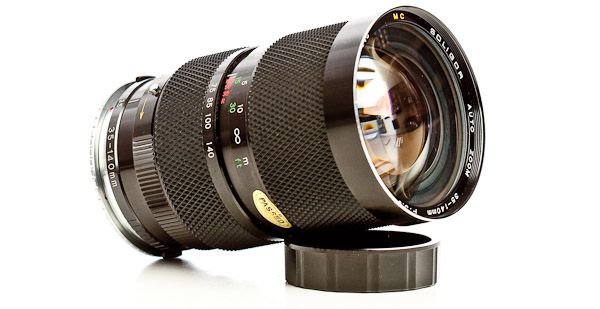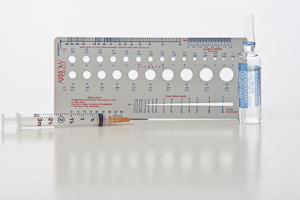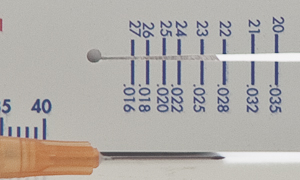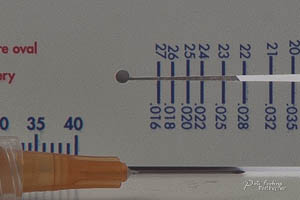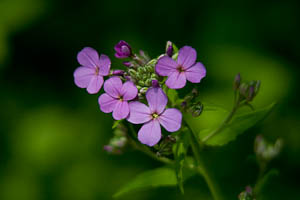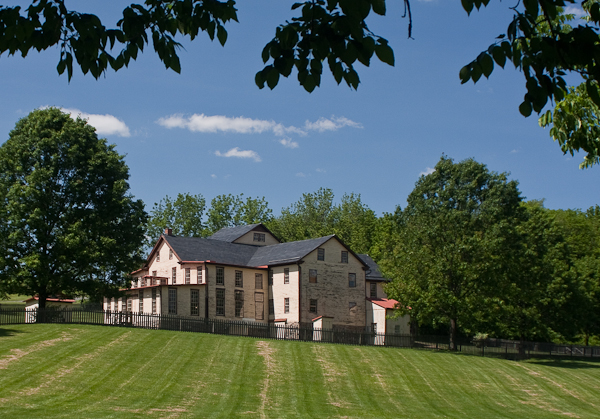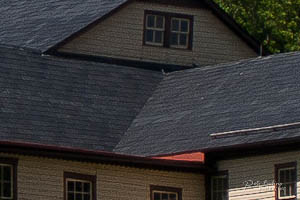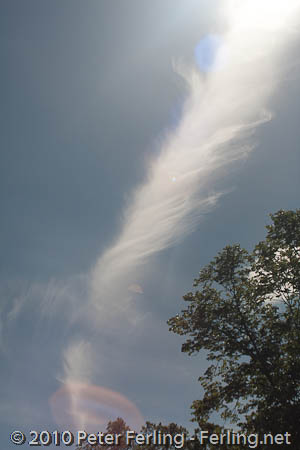
Soligor 35-140mm f3.5 |
||
|---|---|---|
Specs: |
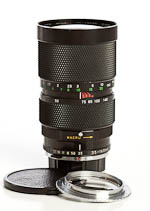 |
|
Junk and Expectations. There's plenty of personal experiences on the net that describes this lens as a piece of junk, and I tend to reserve my final conclusion until after I've tested my particular sample. Over the years I've found that the failure of many lenses tend to be user error, and not the lens itself. As I know little about these old companies, there are conflicts on the net that claim Soligor was nothing more than a marketing company, like Vivitar, that commissioned third party manufactures to build their lenses. On the other hand, Soligor GMBH is listed as a optical manufacture, and this little clue I found on a forum, posted by Mischa Launhardt, is interesting. To think that Soligor hired talent from both Zeiss and Schneider, two very well respected German lens makers to design their zooms might be plausible. However, I cannot verify those facts with other sources, and since Soligor went insolvent back in March of 2011. It's a dead-end. Expectations also have a hand in this. It is generally accepted that zooms of the 70's were more of a convenience, and could not match the quality of prime lenses. Having a one-lens that does it all, as featured in the Dec 1978 issue of Popular Science, was the main selling point for these zooms. Image results from these were soft, suffered from aberrations and ghosting. Many were prone to contrast robbing lens flare, and compared to the primes they replaced, were regarded as heavy or bulky. Back then, unless it was a sunny day, you had little choice but to use these wide open, when they performed at their worst, or use a grainy iso 400 speed film so you close them down for sharper results. Until the advent of digital sensors, capturing in RAW format, and good post processing tools. You basically had to live with the results. Even with today's technology, if you're just going to shoot wide open and go straight to jpeg with little or no post processing work. Then don't expect much. The truth is, these lenses did not perform to the expectations of those users in their given situation. In which case, they weren't junk, it was either the wrong tool for the job, or improper application. Lenses to photographers, are like brushes to painters. Each has a given use that help the artist to work and convey to the audience what they visualize. That said, we need to focus on the strengths of each lens, and realize that we now have the right digital processing tools at hand to exploit them. To say that a given lens' true worth is discovered, forty-years after it was manufactured, is something to think about. Finally, we need to understand that many lenses do not age gracefully; coatings and cements breakdown, and use (or abuse) will loosen things and tolerances fall out of spec, which can add up to degraded performance. Build. The build of a lens is also important. Everything has to work, be in tollerance, and hold up to constant use. Stiff focus rings, gummy aperture blades and sloppy mounts can get in the way of getting the shot at the right moment. With exceptions of a few choice models, Soligor's reputation for lens builds is reported to be cheap and unreliable. It's generally believed that they wear out quickly, or even fall apart with little use. A Goggle search has led me to believe that the first three numbers of the lens serial, "379", indicates that was made by Sun, a Japanese manufacturer, in 1979. My particular sample is in pristine condition. The mount was virtually scratch-free, and the lens came with the original front and rear caps (a rarity), even the inspection sticker looks new. I am compelled to wonder if it was ever used? It's possible the original owner was dissatisfied with its out of the box performance on film, and simply put it away, and obviously in a cool, dry storage for all these years. There is absolutely no fogging, or dust inside. Close inspection of the screw heads and ring slots show no signs of tampering to suggest that it was serviced. It's condition, and the fact that it was featured in a Popular Science article puts this into the collectors category. Though I doubt it would gain popularity, it would be interesting if one were able to connect the dots to prove this very lens was indeed the brain child of Zeiss Jena or Schneider engineering.
Basic performance. Despite all my research and everything I wrote above, the only real way to know how a particular lens works, is to just slap the money down and test it. That's the fun of doing this to begin with. If there were absolutes, then only a few lenses on the net would sell and they would be at astronomical prices. Well, this copy of the Soligor 35-140mm f3.5 lens handles beautifully. The Aperture ring clicks positively, and both the focus and zoom rings are smooth with zero play or creep. Other than a few dust specs, the interior and aperture blades are clean, and the lenses are scratch free and clear. Wide open at f3.5 there is evidence of ghosting, but that's expected for an early zoom with uncorrected spherical aberration. Which is complimentary to rendering soft skin and translucent objects for portraits. You can buy "soft portrait" lenses which are designed specifically for this.
Things quickly sharpen at f5.6 and up, and in the studio on a tripod, this lens is quite the performer, in fact, it's sharp right up to f22!
The lens has a macro feature, going to 1:3, and like most multi-use macro features of it's day, not as good as true macro lens, but adequate enough to do the job. Being multicoated, color rendition is good.
The lens flares easily and bright sunlight will be an issue. A 72mm hood is recommended, just be careful on the wide end to avoid vignette, so you might want to try a wide angle hood or just hold out you hat (poor man's hood) in a pinch.
Conclusion. Wide open this lens renders soft images that contribute to painterly effects in post. Stopped down to f5.6 things sharpen enough, and at f8 it's suitable for studio use. Being multi-coated, colors are accurate and require very little, if any post correction, (I only have a few lenses in my collection that compare, my Zeiss Jena Triotar comes to mind). Overall, I found the lens to be easy to use, and that the 35-140mm range (55-190mm for 1.6x crop sensors) useful for most applications or as a single lens that really does it all. One last comment I will make for the photographer whom is considering a purchase based on my evaluation. Be warned that your particular copy may or may not perform as good, or as poorly as this one. The only real way to know for sure is buy it and try it. I paid $28 for mine, but with this knowledge, I would have paid more. -Keep Shooting. |
||




